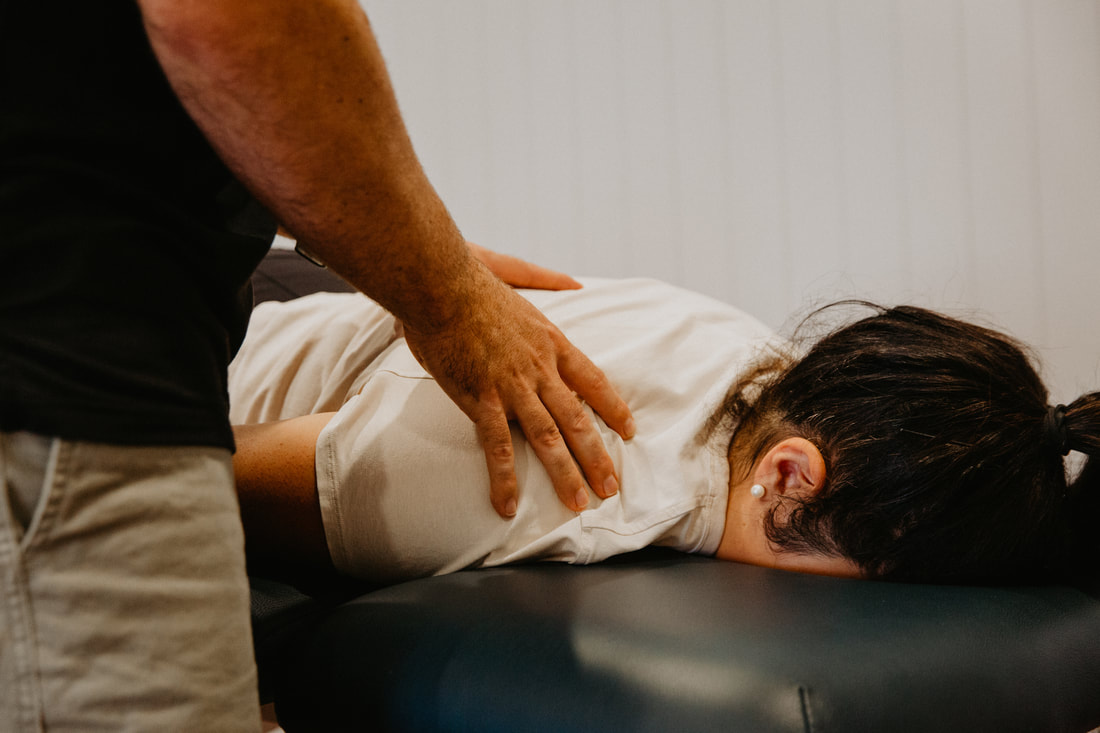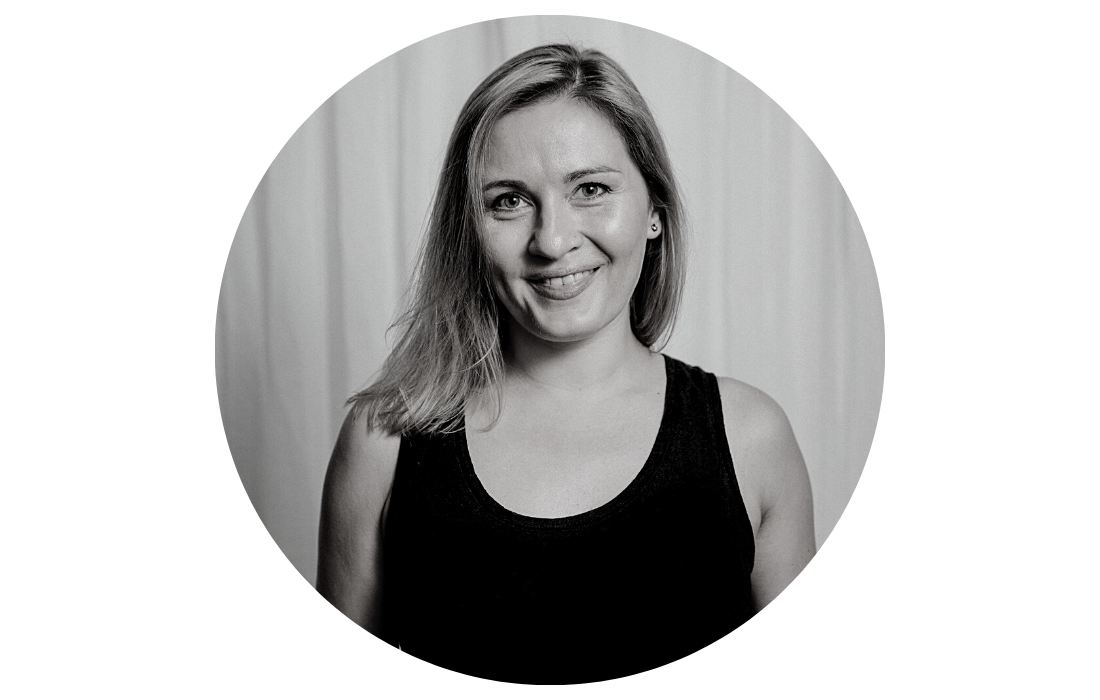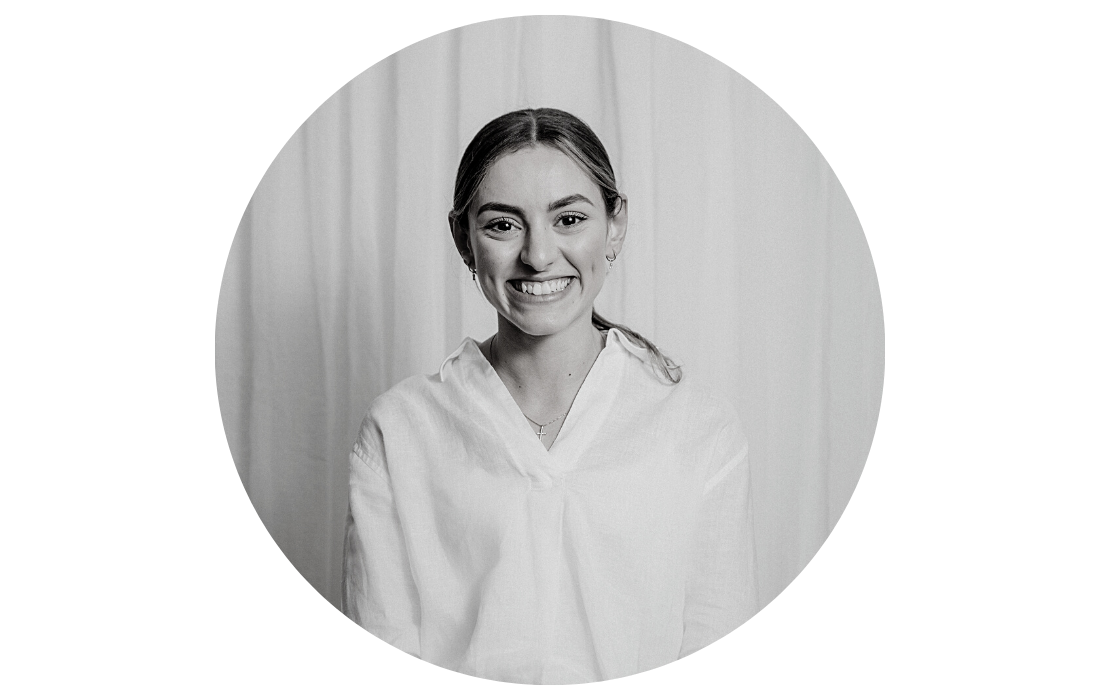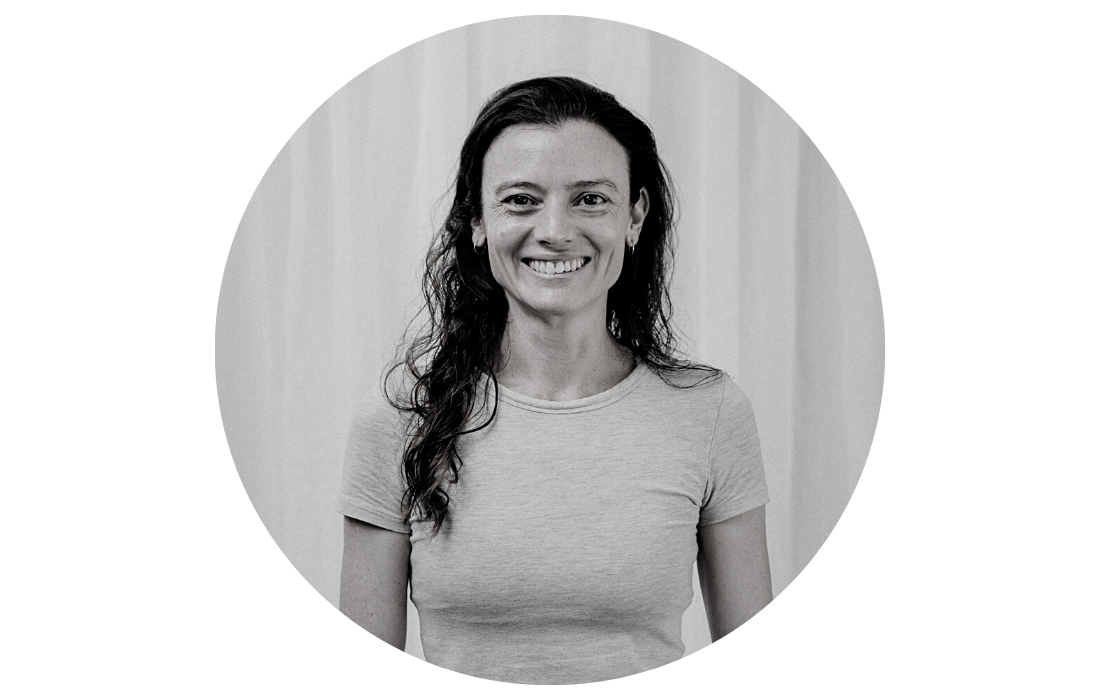Back pain physiotherapy Brisbane southside.
Are you based in Brisbane and suffering from back pain? Although there are lots of treatment modalities available, we genuinely believe that physiotherapy is key in helping to address back pain long term. Our team of Tarragindi Physiotherapists are highly experienced in treating back paid, and we would love to help you get your spine in order!
What is back pain?
Back pain a highly prevalent condition - unfortunately most of us will experience at some point in our life. In particulate, up to 80% of the Australian population will experience some form of low back pain in their lives and at any moment around 12% of the population is experiencing an episode of back pain. Low back pain is the single leading cause of disability worldwide, however there are many things you can do about it, and you don't have to just accept living in pain.
The back is an impressive and complex structure with 26 vertebrae with discs in between making up the bony vertebral column. The vertebrae are held in place with many ligaments and it is these ligaments that provides the majority of our trunk stability and helps us to maintain an upright position. There are also a large number of muscles that make up our back with a variety of functions, such as arching our back, twisting, helping our breathing, moving, and stabilising our shoulders and our pelvis. Furthermore, there are many 31 pairs of nerve roots that extend from our spinal cord out into our body.
Given the vast amount of structures, when presenting with back pain, it is often difficult to pin-point the exact structure that is causing the pain. Back injuries can present with a variety of symptoms from: pain, weakness, pins and needles or numbness.
Causes of Back Pain
For the majority, back pain is mechanical in nature with common causes of poor posture, altered or abnormal biomechanics during movement such as bending and twisting, repetitive activities and lifting heavy objects. Due to the amount of structures that are within the back, a thorough physiotherapy assessment is required to rule out neurological or visceral and systemic involvement.
Muscle or ligament strain
Strained back muscles and spinal ligaments can occur due to repeated heavy lifting or a sudden awkward movement. Find out more about sprains and strains and their treatment here.
Arthritis
Osteoarthritis can affect the discs primarily in the lower back. In some cases, arthritis in the spine can lead to a narrowing of the space around the spinal cord, a condition called spinal stenosis. A physiotherapist can assess the severity and underlying cause of the arthritis and develop a personalised treatment plan. The treatment plan may include exercises to improve strength and flexibility, manual therapy to improve mobility, education on proper body mechanics and ergonomics, and pain management techniques.
Exercises prescribed by a physiotherapist may help to strengthen the muscles surrounding the affected joint and improve flexibility, which can help reduce pain and improve function. Manual therapy techniques, such as joint mobilisation and soft tissue mobilisation, may also help to reduce pain and improve joint mobility.
Osteoporosis
Osteoporosis affects approximately 1.2 million Australians, with gender (female), older age, previous medical treatments and lifestyle factors all being risk factors. Osteoporosis commonly affects the bones in the lower back and our spine's vertebrae can develop painful fractures if bones become porous and brittle.
Disc Issues
Disc issues refer to problems that can occur in the discs that act as cushions between the vertebrae in the spine. These issues can include herniated discs, bulging discs, and degenerative disc disease. These conditions can cause pain, stiffness, and decreased mobility in the back. The treatment plan may include exercises to improve strength and flexibility in the affected area, which can help reduce pain and improve function.
Sciatica
Sciatica is a type of pain that radiates along the sciatic nerve, which runs from the lower back down to the legs. This can be caused by a herniated disc, spinal stenosis, or other spinal conditions. Treatment may include exercises to improve mobility and reduce pain, as well as medication and injections.
Scoliosis
Scoliosis is a condition where the spine curves to the side. This can cause pain and discomfort, as well as affect posture and mobility. Treatment may include exercises and stretches to improve posture and flexibility, as well as bracing or surgery in severe cases.
Manual therapy techniques, such as joint mobilisation, soft tissue mobilisation, and spinal decompression therapy, may also be used to alleviate pain and improve mobility. In addition, a physiotherapist may recommend postural and ergonomic education to help prevent further injury to the discs.
Our physiotherapists are highly trained to treat conditions such as acute, chronic, and non-specific type back pain as well as radiculopathy and neuropathic type pain. We know that a functioning back is vital to perform our activities of daily living and our physiotherapists can help you get back into moving pain free.
Call us on 07 3706 3407 or email [email protected] for a booking or to see if our exercise programs might be right for you, or click on the link below to book your first appointment online. We look forward to working with you!
What is back pain?
Back pain a highly prevalent condition - unfortunately most of us will experience at some point in our life. In particulate, up to 80% of the Australian population will experience some form of low back pain in their lives and at any moment around 12% of the population is experiencing an episode of back pain. Low back pain is the single leading cause of disability worldwide, however there are many things you can do about it, and you don't have to just accept living in pain.
The back is an impressive and complex structure with 26 vertebrae with discs in between making up the bony vertebral column. The vertebrae are held in place with many ligaments and it is these ligaments that provides the majority of our trunk stability and helps us to maintain an upright position. There are also a large number of muscles that make up our back with a variety of functions, such as arching our back, twisting, helping our breathing, moving, and stabilising our shoulders and our pelvis. Furthermore, there are many 31 pairs of nerve roots that extend from our spinal cord out into our body.
Given the vast amount of structures, when presenting with back pain, it is often difficult to pin-point the exact structure that is causing the pain. Back injuries can present with a variety of symptoms from: pain, weakness, pins and needles or numbness.
Causes of Back Pain
For the majority, back pain is mechanical in nature with common causes of poor posture, altered or abnormal biomechanics during movement such as bending and twisting, repetitive activities and lifting heavy objects. Due to the amount of structures that are within the back, a thorough physiotherapy assessment is required to rule out neurological or visceral and systemic involvement.
Muscle or ligament strain
Strained back muscles and spinal ligaments can occur due to repeated heavy lifting or a sudden awkward movement. Find out more about sprains and strains and their treatment here.
Arthritis
Osteoarthritis can affect the discs primarily in the lower back. In some cases, arthritis in the spine can lead to a narrowing of the space around the spinal cord, a condition called spinal stenosis. A physiotherapist can assess the severity and underlying cause of the arthritis and develop a personalised treatment plan. The treatment plan may include exercises to improve strength and flexibility, manual therapy to improve mobility, education on proper body mechanics and ergonomics, and pain management techniques.
Exercises prescribed by a physiotherapist may help to strengthen the muscles surrounding the affected joint and improve flexibility, which can help reduce pain and improve function. Manual therapy techniques, such as joint mobilisation and soft tissue mobilisation, may also help to reduce pain and improve joint mobility.
Osteoporosis
Osteoporosis affects approximately 1.2 million Australians, with gender (female), older age, previous medical treatments and lifestyle factors all being risk factors. Osteoporosis commonly affects the bones in the lower back and our spine's vertebrae can develop painful fractures if bones become porous and brittle.
Disc Issues
Disc issues refer to problems that can occur in the discs that act as cushions between the vertebrae in the spine. These issues can include herniated discs, bulging discs, and degenerative disc disease. These conditions can cause pain, stiffness, and decreased mobility in the back. The treatment plan may include exercises to improve strength and flexibility in the affected area, which can help reduce pain and improve function.
Sciatica
Sciatica is a type of pain that radiates along the sciatic nerve, which runs from the lower back down to the legs. This can be caused by a herniated disc, spinal stenosis, or other spinal conditions. Treatment may include exercises to improve mobility and reduce pain, as well as medication and injections.
Scoliosis
Scoliosis is a condition where the spine curves to the side. This can cause pain and discomfort, as well as affect posture and mobility. Treatment may include exercises and stretches to improve posture and flexibility, as well as bracing or surgery in severe cases.
Manual therapy techniques, such as joint mobilisation, soft tissue mobilisation, and spinal decompression therapy, may also be used to alleviate pain and improve mobility. In addition, a physiotherapist may recommend postural and ergonomic education to help prevent further injury to the discs.
Our physiotherapists are highly trained to treat conditions such as acute, chronic, and non-specific type back pain as well as radiculopathy and neuropathic type pain. We know that a functioning back is vital to perform our activities of daily living and our physiotherapists can help you get back into moving pain free.
Call us on 07 3706 3407 or email [email protected] for a booking or to see if our exercise programs might be right for you, or click on the link below to book your first appointment online. We look forward to working with you!
Who to book in with:
Yulia Khasyanova
|
Monica Hanna
|
Emma Cameron
|



